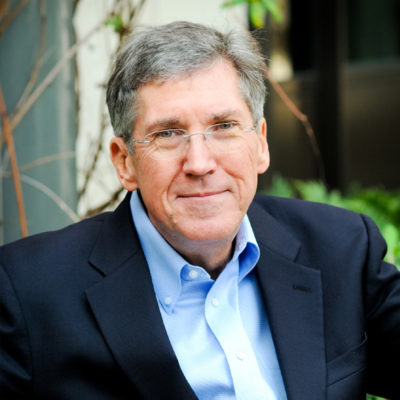Concrete Oasis; Why Las Vegas Has Coped Well With Drought So Far
Summary
Professor Buzz Thompson weighs in on how Las Vegas has been successful in managing its water usage despite the ongoing drought.
ON THE hot, empty road that leads from Las Vegas to the shocking beauty of Red Rock Canyon National Conservation Area sits Cactus Joe’s nursery. Cacti, yucca plants, ornamental rocks and various sorts of garden furniture sprawl over seven acres. Business is booming, says Yucca Lou, the sunburnt, cowboy-booted former engineer who took over from Cactus Joe a few years ago. “Traditionally, people in Las Vegas outfitted their homes with tropical plants, lots of foliage, all very water-intensive,” he explains. “But now people are getting rid of the grass, they’re putting in rocks and they’re buying cacti.”
Cactus Joe’s success helps to explain why Las Vegas has not—so far—been crippled by its drought, at least compared with neighbouring California. To the casual observer, with most of the West parched, Las Vegas’s water use seems astonishingly wasteful. Visitors flying in see acre on acre of suburban houses, a good proportion of them with pools. Those staying on the Strip find abundant fountains, enormous swimming pools and palm-lined boulevards, all in the middle of the desert. And yet beneath this mirage, quietly, Sin City has proven remarkably effective at managing its water, even as its population booms. If its success is to continue, it will have to get better still.
…
Under the law of the river—the various agreements between the states of the Colorado basin about how to divide up the water—Nevada gets 300,000 acre-feet (enough water to fill one acre to the depth of a foot) each year, about 10% of Arizona’s allocation and 7% of California’s. Nevada’s share is low thanks to a quirk of history: in 1922, when the first Colorado River Compact was agreed to, the state had fewer than 100,000 people and was mostly empty desert. “No one ever expected that Las Vegas would be what it is today,” says Buzz Thompson, an environmental law expert at Stanford Law School.
Read More
